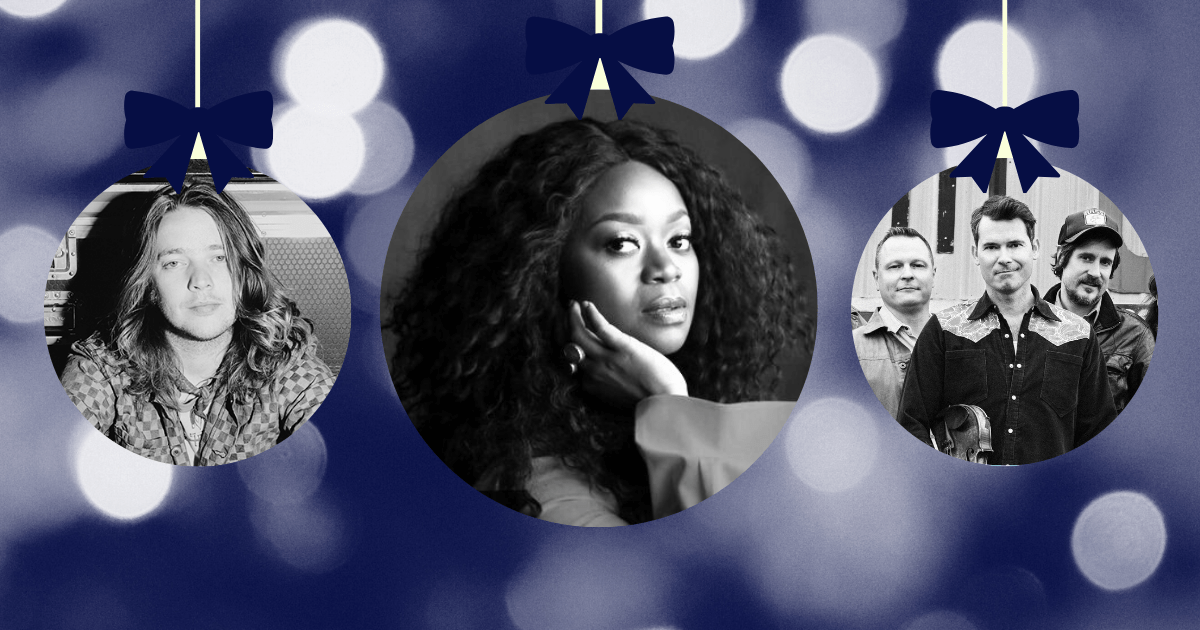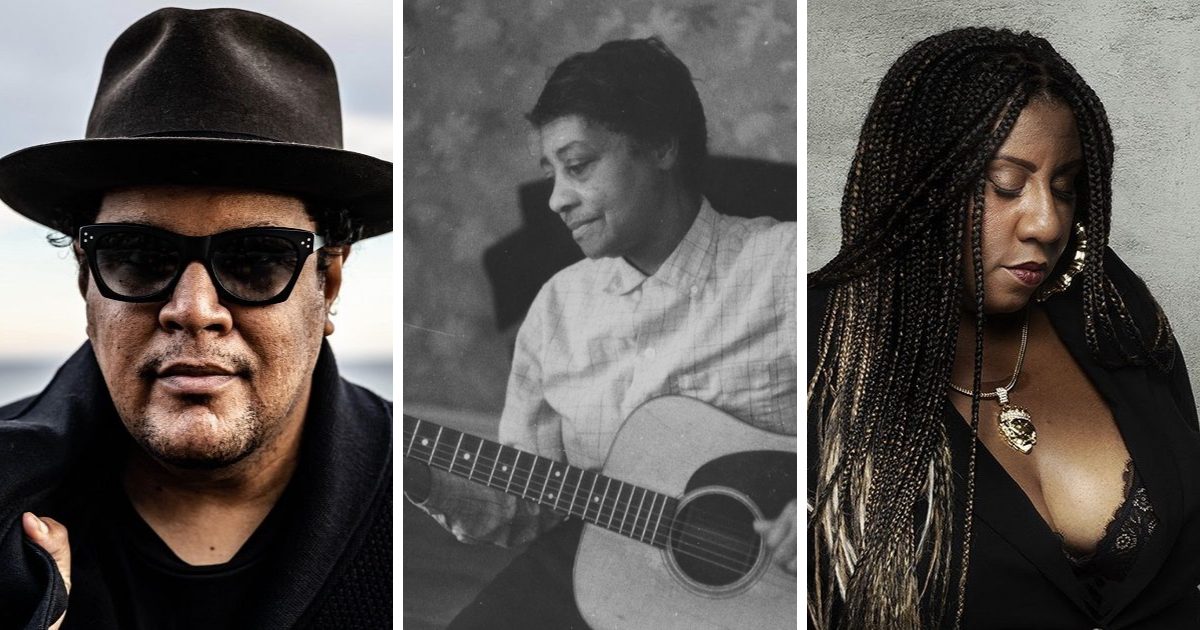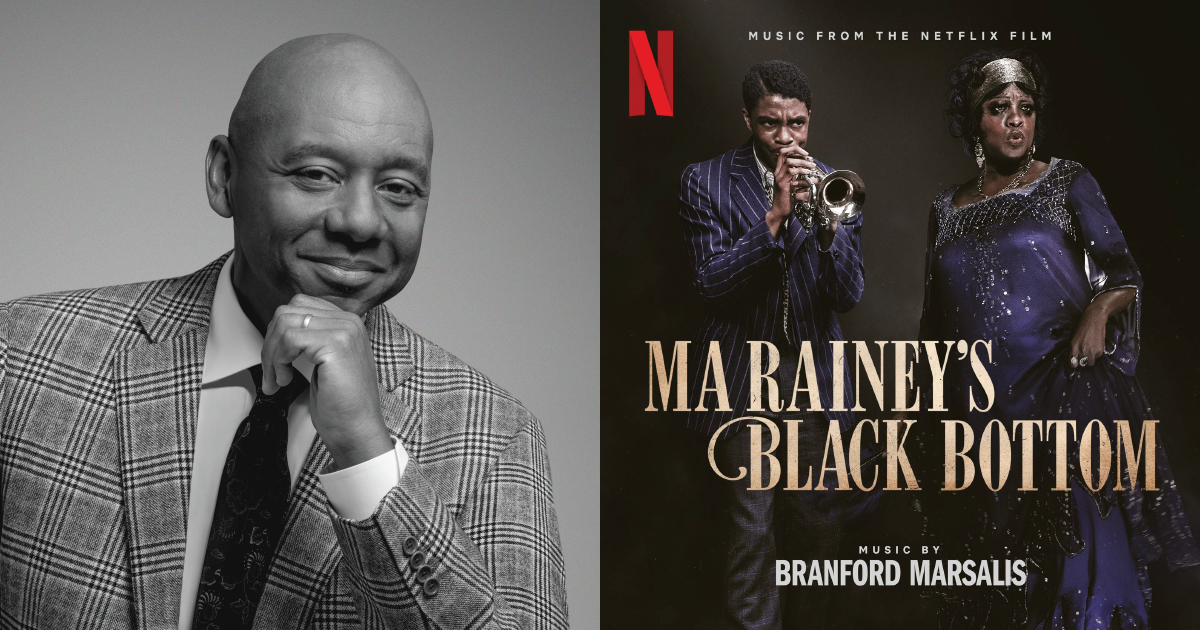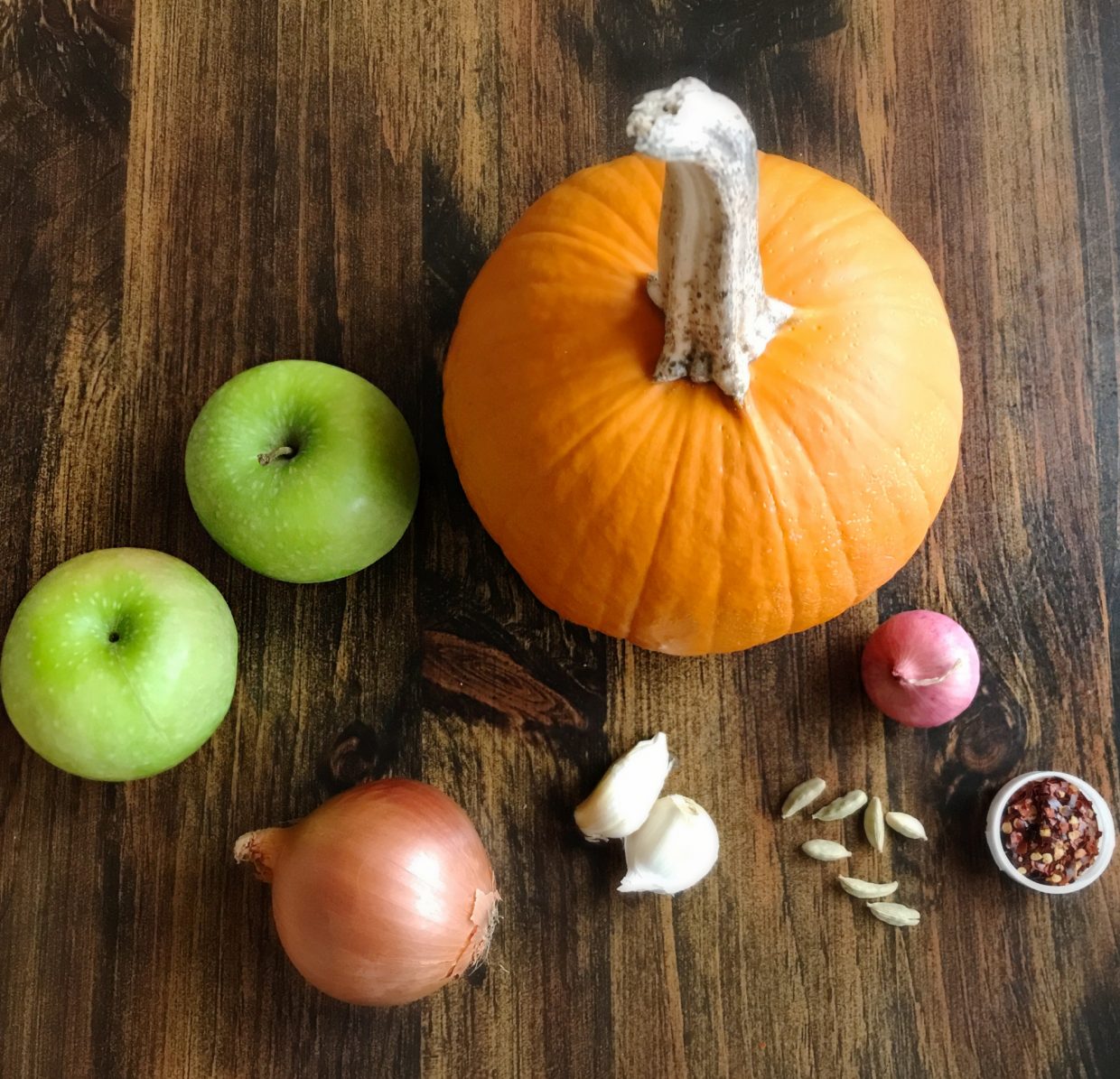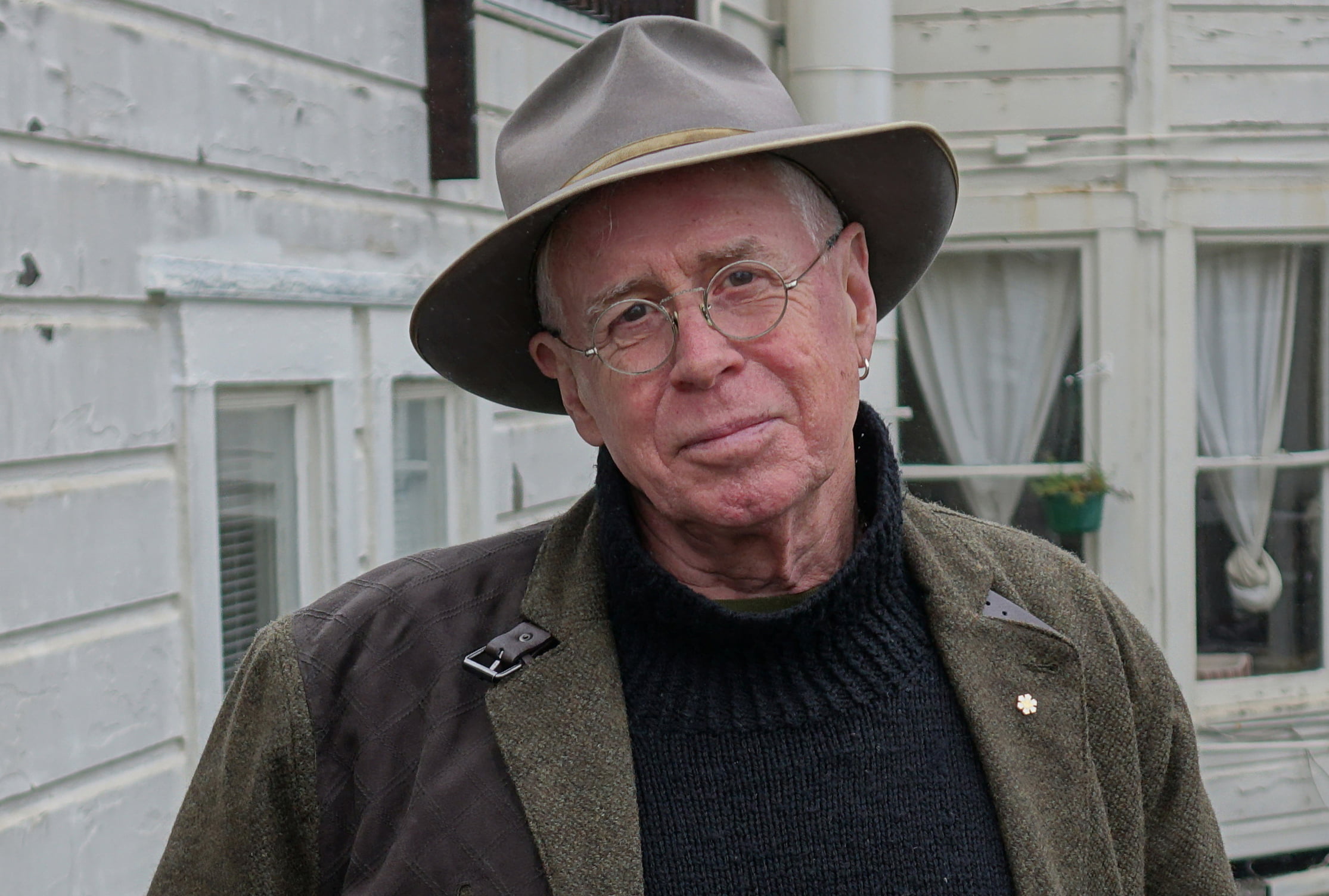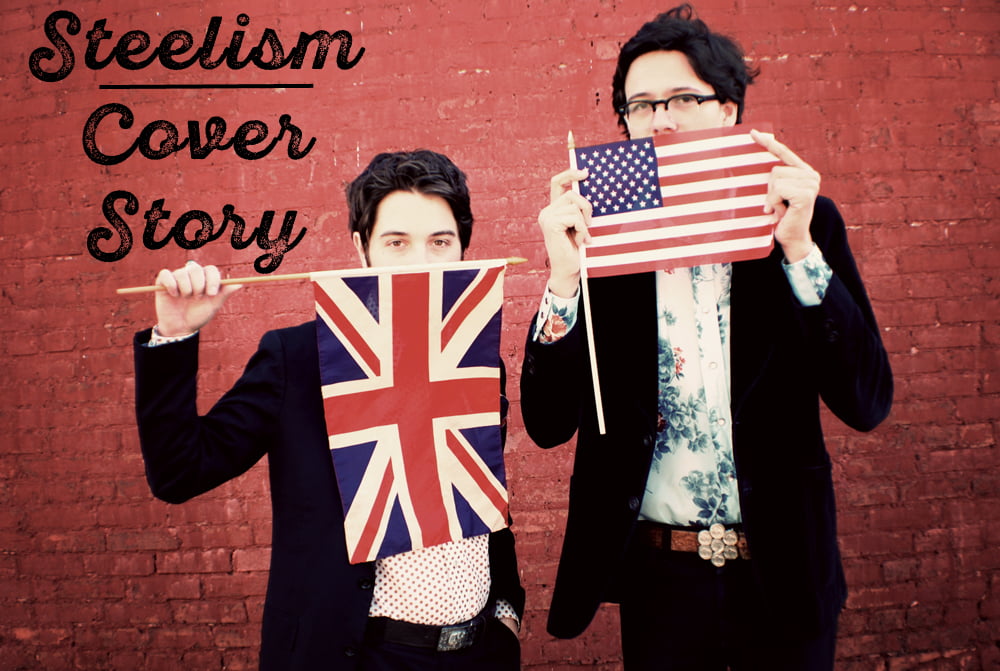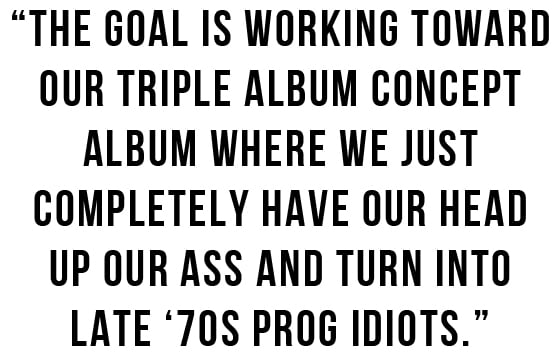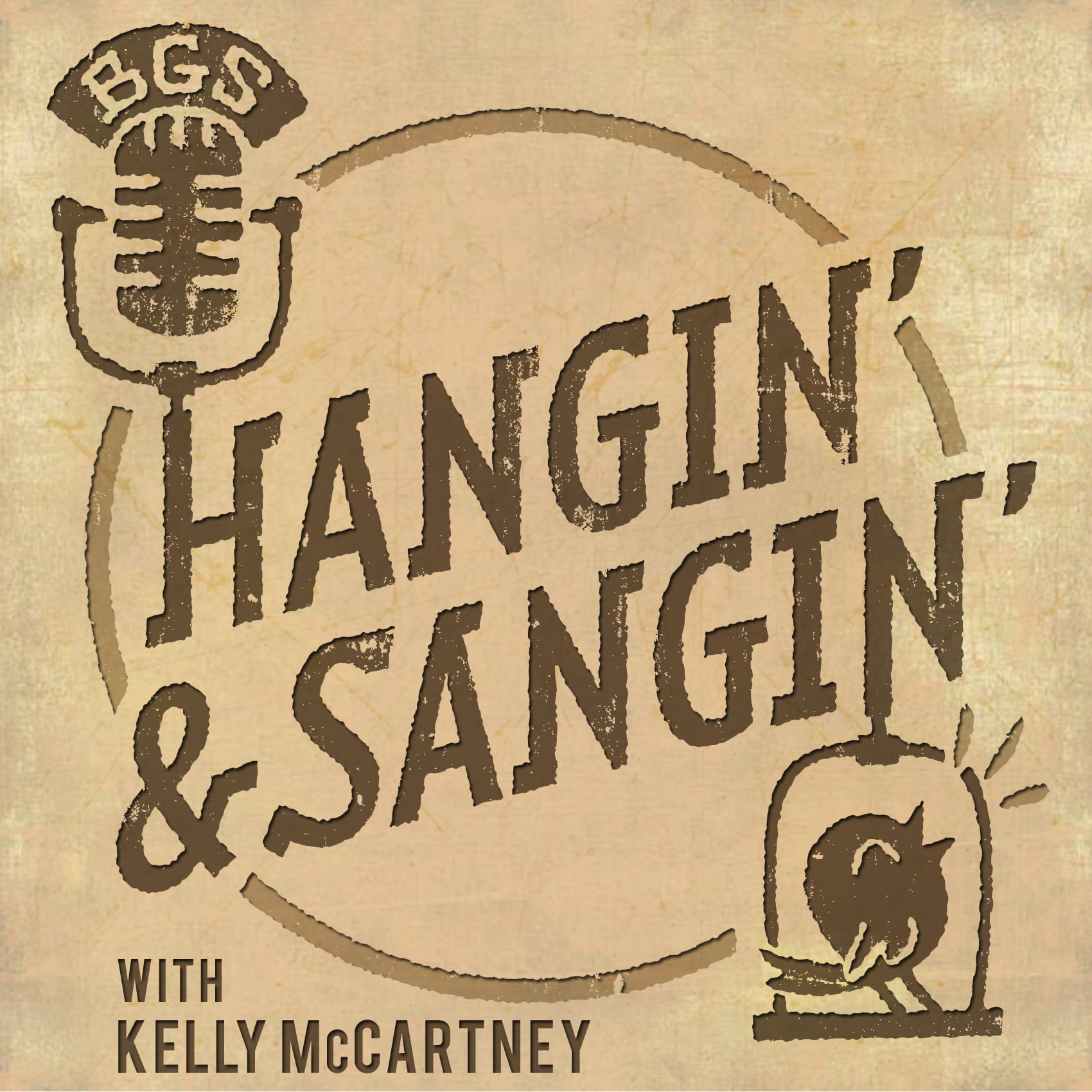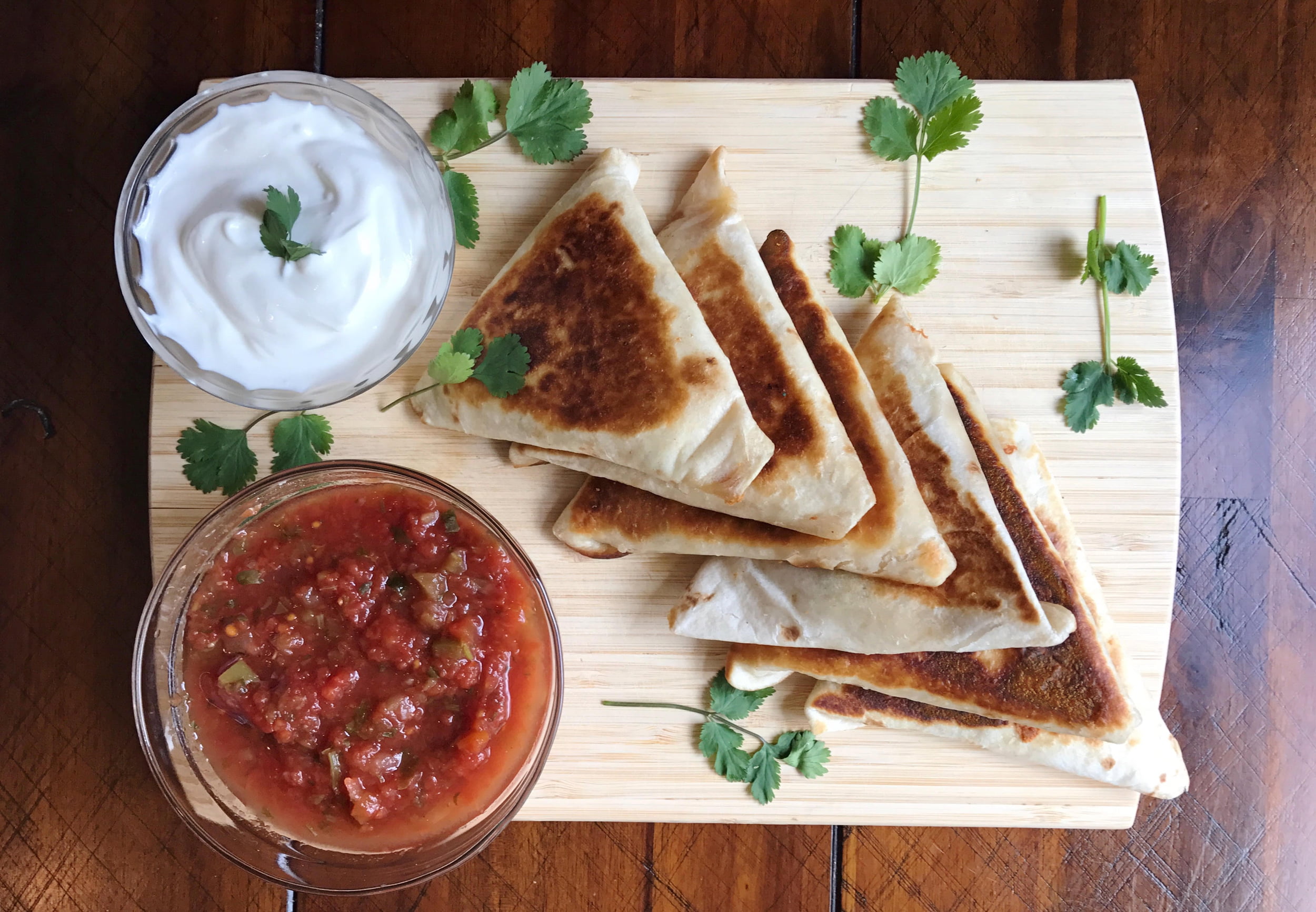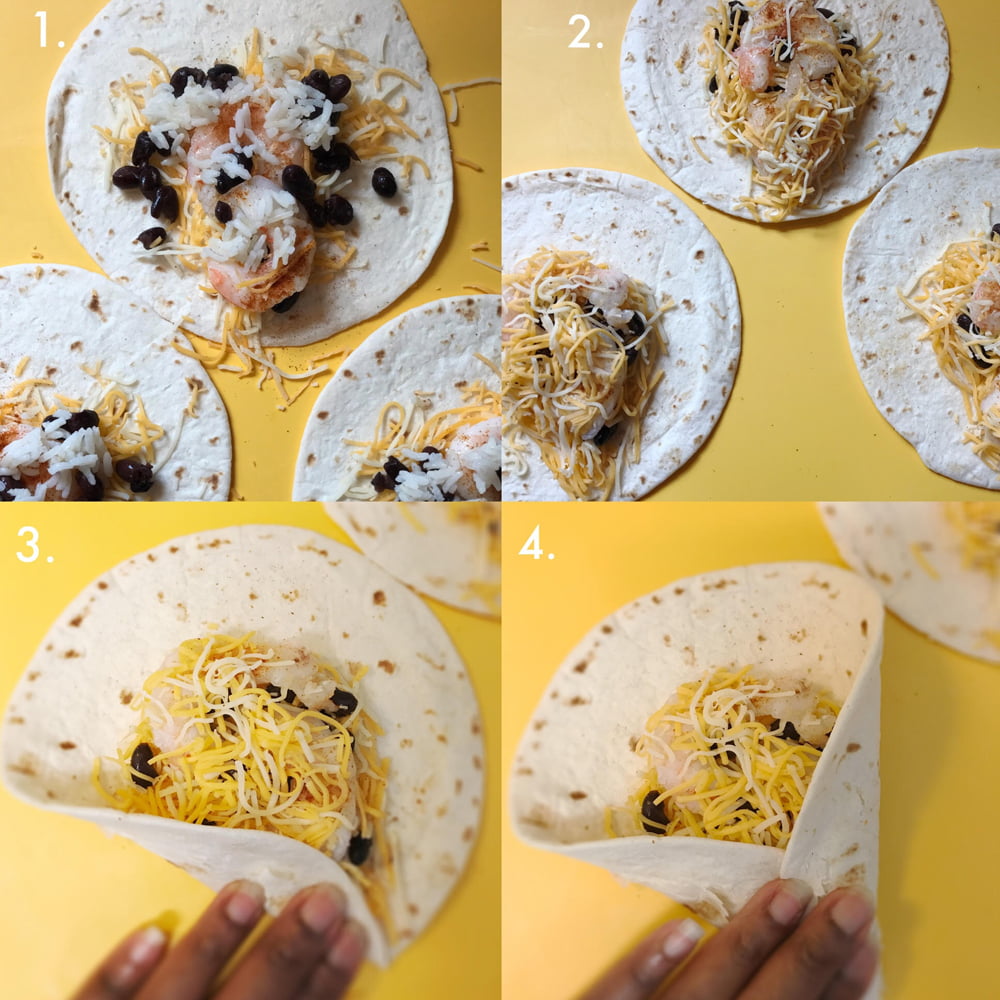Farewell 2023 and hello 2024! While we all relish the week that doesn’t exist – that delightful no-man’s-land between Christmas and New Year’s Day – there’s perhaps just one activity beyond abject laziness that’s appropriate for the turning of the year: Music! Whether you’re still in “pajamas hermit” mode or you’re antsy and ready to go back out into the world, we’ve got songs and shows to recommend for your New Year’s Eve/New Year’s Day festivities in this special edition, final week of BGS Wraps.
Thank you for spending another stellar year with BGS! We can’t wait to enjoy all that 2024 has in store with all of you. Celebrate safely and enjoy the holiday, we’ll see you in the new year.
92Q & Analog Soul 2024 New Year Bash, Hutton Hotel, Nashville, TN, December 31

There are seemingly wall-to-wall parties, concerts, and happenings in Music City for NYE, and one certainly worth spotlighting is 92Q & Analog Soul’s 2024 New Year Bash, happening December 31 at Analog at the Hutton Hotel. From 8pm to 2am, guests will hear production, songwriting, and music-making duo Louis York, roots-tinged girl group The Shindellas, Shae Nycole, and more ring in the new year with performances, DJ sets, food and drink, and a champagne toast at midnight. Tickets are available here.
Ruby Amanfu, “Winter”
A dreamy and gauzy neo-folk song from singer-songwriter Ruby Amanfu feels frosty and magical, but warm and enveloping, too. It finds joy in often gray and bleak winter landscapes and vignettes we all know so well. The pulsing piano gives the track a forward-leaning energy, even while it relaxes into its groove and builds to a tender, energetic and lush sound.
The Felice Brothers at Colony, Woodstock, NY December 30 & 31
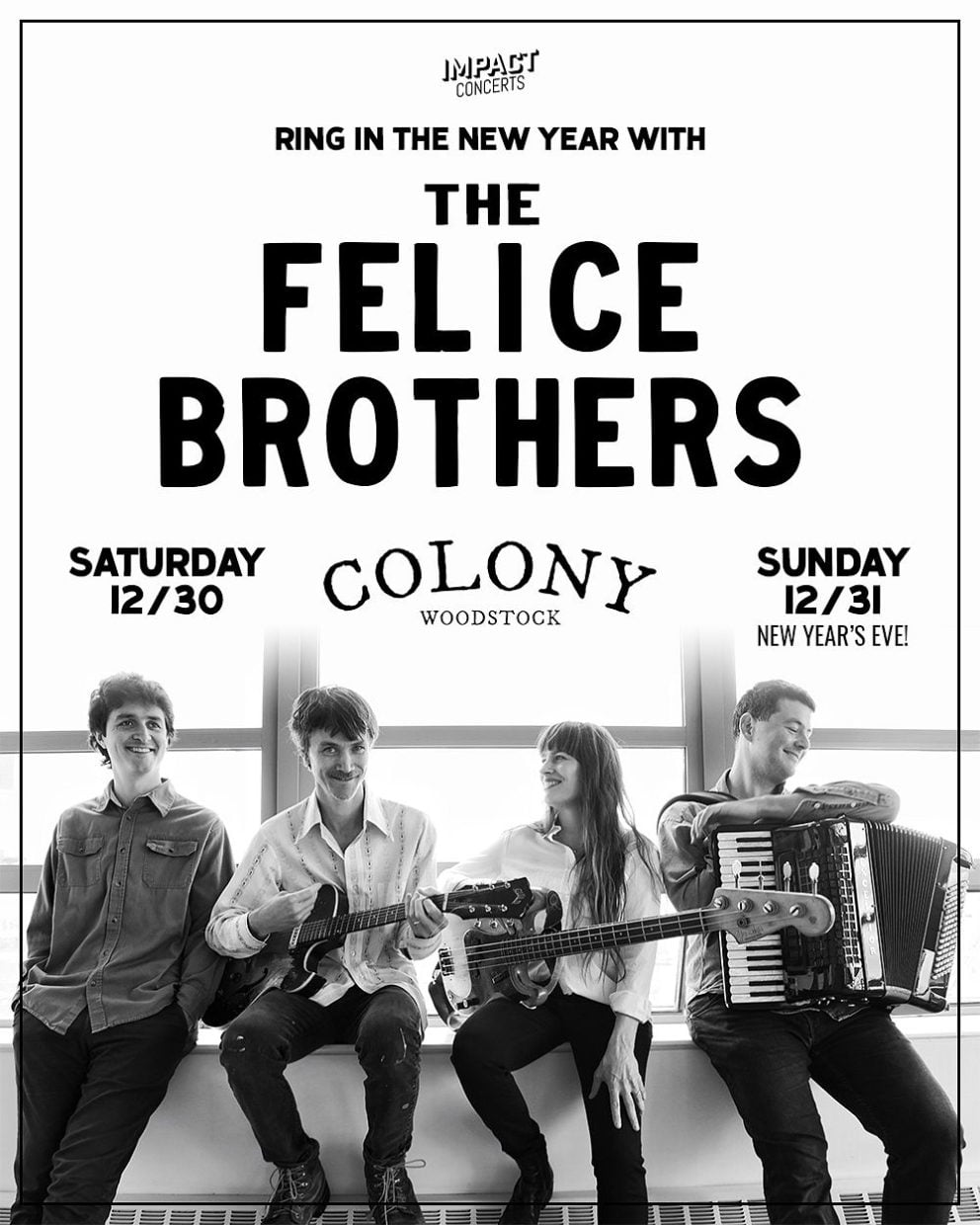
Spending your New Year’s Eve in upstate New York? Don’t miss the Felice Brothers’ two year-end shows at Colony in Woodstock! Both dates appear to be sold out, but you can join the wait list here. Based in the Catskills – so this is something of a holiday homecoming for the group – the Felice Brothers put out a Bandcamp-exclusive album, Asylum on the Hill, earlier this month. Celebrate ushering out the old and in the new with the Felice Brothers in Woodstock.
McKowski, “Auld Lang Syne”
Mark McCausland – AKA McKowski, also of The Lost Brothers and formerly of The Basement – released an album of ethereal and contemplative holiday instrumentals for guitar this month that features a gorgeous rendition of “Auld Lang Syne” that’s perfect for your NYE playlists. The album, Winter Guitar Hymnals from the Boneyard, certainly listens as a kind of guitar-centered ecclesiastical service, featuring a handful of Christmas carols alongside original arrangements and compositions, too. It’s a lovely collection, one we just had to spotlight for this final BGS Wraps.
Nashville’s Big Bash on CBS and Paramount+, Nashville, TN December 31

If you love big crowds, bright lights, and stunning pyrotechnics, Nashville’s Big Bash is for you! Or, stay home and avoid the crowds by streaming the show on CBS and Paramount+. See and hear Parker McCollum, Brothers Osborne with Trombone Shorty, Jon Pardi, Carly Pearce, Kane Brown, and many more. Hosted by Elle King and Rachel Smith, the five-hour production will feature more than fifty artists, bands, and performances. Oh and of course there will be the music note drop – Nashville’s version of the famous ball drop – over the stage at the Bicentennial Mall at midnight! More info available here.
Nefesh Mountain, “More Love”
What better to take with us into the new year than “More Love”? A Tim O’Brien cover by Jewish bluegrass string band Nefesh Mountain, the track was released with a mission of supporting organizations working to end the violence and ongoing war in Israel, Gaza, and Palestine while supporting Palestinians and Israelis impacted by the conflict. In a press release, Nefesh Mountain made a commitment to “donate a quarter of proceeds from ‘More Love,’ the ‘Love and Light’ Tour, and their forthcoming EP to charities and foundations that are dedicated to promoting peace, coexistence, and a way forward for Israelis and Palestinians.”
With more than 20,000 killed in Gaza and hundreds and hundreds more killed in Israel, the West Bank, and the greater region, we certainly believe the world could use “More Love” – and far, far less war – in 2024.
The Nields, “New Year’s Day”
We’ve been “saving” “New Year’s Day” from the Nields’ new album, Circle of Days – which was released in June – for more than half a year, just for this moment! It’s a truly perfect song for this point of transition. The feeling of helplessness we all feel at the inevitable march of time is captured like lightning in a bottle, with feelings of regret, despair, and exhaustion. But ultimately, they find hope in these lyrics, even while they explore emotions often opposed to hope and its regeneration.
Old Crow Medicine Show at The Ryman, Nashville, TN December 30 & 31
It wouldn’t be New Year’s Eve without Old Crow Medicine Show at the Ryman! It’s a long tradition, this year bolstered by supporting acts like former Old Crow member Willie Watson (30th & 31st) and Kasey Tyndall (30th) and Harper O’Neill (31st). Tickets are somehow still available – so grab yours while you can! You never know what special guests Old Crow will trot out at these rollicking, rowdy, joyous shows. Though it’s probably safe to bet there won’t be a Belle Meade Cockfight either night, don’t rule it out entirely.
Portland Cello Project, “What Are You Doing for New Years?”
The Portland Cello Project is joined by soloist, vocalist Saeeda Wright, for an epic, jazzy rendition of “What Are You Doing for New Years?”, perhaps the only generally accepted New Year’s “carol” besides “Auld Lang Syne.” (We’re open to argument on that point, of course.) The track is from their holiday EP, Under the Mistletoe, a collaboration with Wright and drummer Tyrone Hendrix. It certainly demonstrates the broad contexts in which chamber music such as this can thrive.
Amanda Stewart, “One Hell of a Year”
A thought we have had every year since 2020 – and, honestly, since long before, too – is this: That was one hell of a year. If you’re feeling that same exasperation, mixed with fatigue and pride and a sense of finality, as we turn the page on the calendar, Amanda Stewart has a bluegrassy send off to 2023 and the holiday season just for you.
Billy Strings at Lakefront Arena, New Orleans, LA December 29, 30, 31
View this post on Instagram
A New Orleans New Year’s extravaganza helmed by bluegrass shredder Billy Strings feels like an apropos way to ring out the old and ring in the new. For the past few years Strings has defined bluegrass music, with his skyrocketing fame, mass appeal, and ever-growing fan base. During that time, his shows around New Year’s Eve have been unparalleled. Now, they have grown into multi-night runs in arenas and stadiums – like the Big Easy’s Lakefront Arena. As is usual for Billy’s shows, there are no openers, so buckle up for nothing but rip-roarin’ Billy Strings each night as we say a final goodbye to 2023 and bid good morning and good day to 2024! Tickets here.
Photo Credit: Billy Strings by Christopher Morley; Ruby Amanfu courtesy of the artist; Old Crow Medicine Show by Joshua Black Wilkins.
